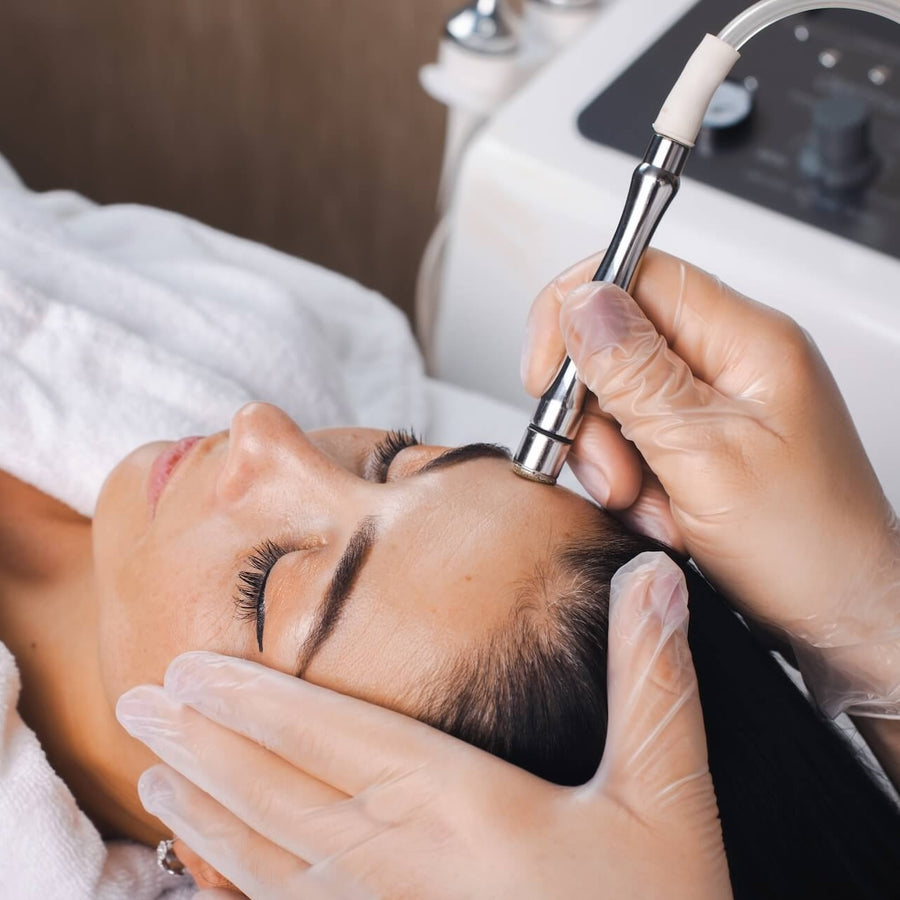AT-HOME SCAR CARE
Acne Scars FAQ
Am I a good candidate for acne scar removal?
Teens to adults who suffer from mild to severe acne scars are all prime candidates for one of our acne scar removal treatments. At Derm.ca, we use a variety of cutting edge procedures to deliver exceptional results for all types of acne for individuals of all ages.
Some people are willing to live with their acne scars, however, many feel embarrassment and let their scar affect their everyday life.
If you feel that your acne scarring is crippling your social life, limiting your ability to do simple things such as dating, getting in the way of employment opportunities, or inhibiting career advancement, you should schedule a consultation with one of our acne specialists.
Are there effective treatments for acne scars?
At Derm.ca, a number of leading-edge technologies are able to treat all types of acne scars ranging from mild to severe — whether they are recent or have existed for many years. For decades, our clinic has successfully treated thousands of acne and acne scarring patients.
Dr. Alanen and Laser Clinician Ildiko Juhasz will perform an assessment looking at types of acne scarring, age of scars, location on the body, and a variety of other factors to develop a specific treatment plan for you.
Common Types of Acne Scars
There are three major categories of atrophic scars, boxcar, ice pick and rolling. The superficial scars usually show discolouration, which can be purple, red or brown.
Raised acne scars on the other hand are commonly found on the back and chest, and as the name suggests, protrude above the skin. These are referred to by dermatologists as hypertrophic acne scars.
Keloid Scars FAQ
What are keloid scars?
Keloid scars are raised, thick scars that extend beyond the original wound boundary. Unlike normal scars that stay within the area of injury, keloids grow larger than the initial cut, scrape, or wound. They're composed of excess collagen that forms during the healing process and can appear shiny, smooth, and darker than surrounding skin.
What causes keloid scars to form?
Keloids develop when the body produces too much collagen during wound healing. While anyone can develop keloids, certain factors increase risk including genetics (they often run in families), darker skin tones, age (more common in people under 30), and specific wound locations like the chest, shoulders, earlobes, and jawline. Common triggers include surgical incisions, piercings, acne, burns, and even minor scratches.
How are keloid scars treated?
Treatment options include steroid injections (most common first-line treatment), silicone gel sheets, cryotherapy (freezing), laser therapy, surgical removal, and radiation therapy. Steroid injections can help flatten and soften keloids over several months. It's important to note that keloids can recur after treatment, and combining therapies often yields better results than single treatments.
Get In Touch
If you have scarring, book a consultation here, by calling us at (403) 202-4038 (cosmetic) or 403-457-1900 (medical) or completing the submission form on this page.
One of our acne specialists will assess your condition, and provide treatment options.

*Fields marked with an asterisk are required.

0% FINANCING OPTION







